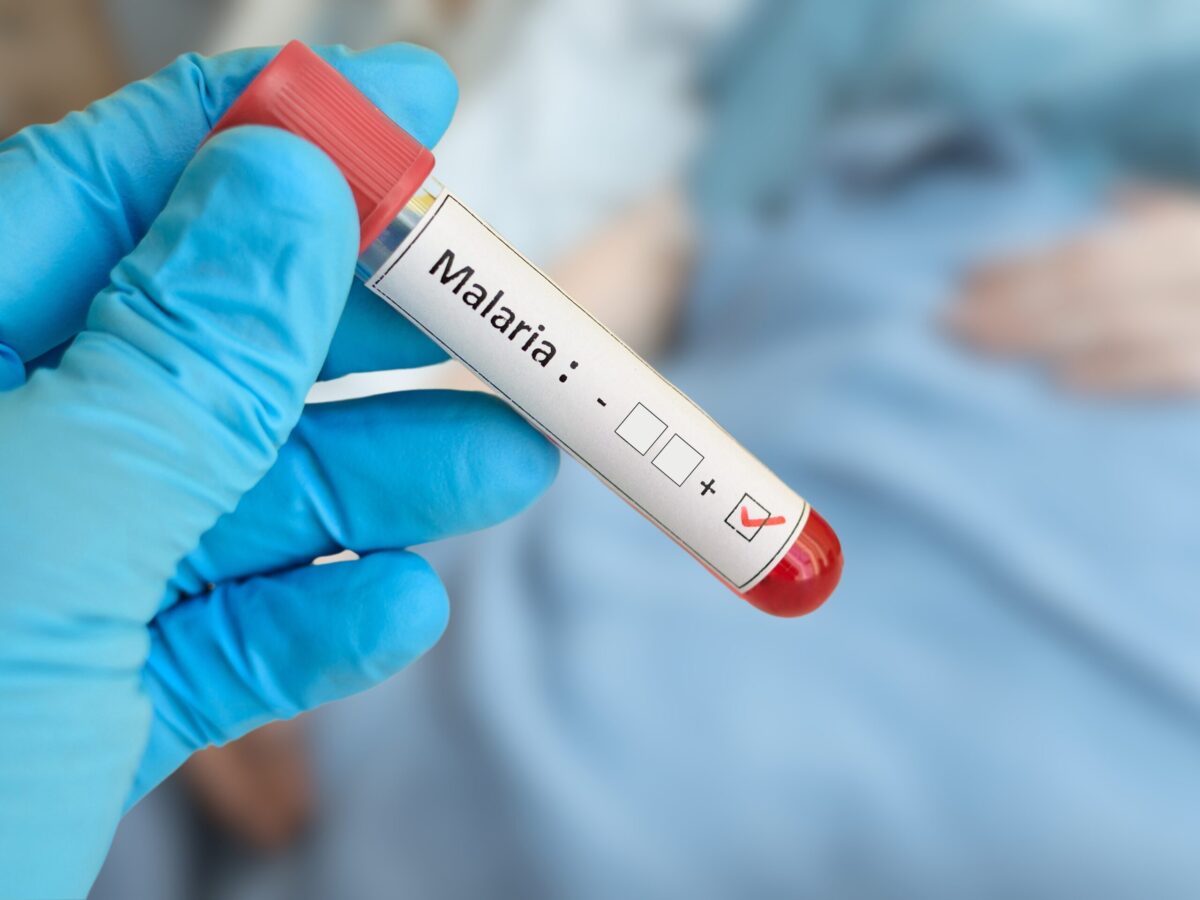The approval time for medical devices has been shortened in the last five years, according to the US Food and Drug Administration (FDA). The FDA recently improved its old mandate and updated the application process to speed-up approvals.
“These improvements include those to 510(k) and premarket approval (PMA) review times along with a reduction in Investigational Device Exemption (IDE) review times of almost a full year — which means many devices investigated in the United States now reach the market a full year sooner than they did at the beginning of this decade,” states the FDA report. “Performance in FDA’s review of novel, moderate risk devices has also improved markedly, demonstrating the success of FDA’s efforts to expand use of its de novo review pathway.”
The agency notes that the approval time for device submissions has been reduced for 510(k)s, PMAs, IDEs, and de novo requests. The total times to a decision on each device have been improved from 2010 to 2014 as follows:
- 510(k)s: From 132 days to 115 days
- PMAs: From 352 days to 242 days
- IDEs: From 442 days to 30 days
- De novo requests: From 992 days to 300 days
The FDA also stated that the overall percentage of approved devices has risen compared to the percentage in 2010. In 2010 the percentage of approved 510(k)s was at 73 percent, which increased to 84 percent in 2014. The percentage of approved PMAs rose from 59 percent in 2010, to 86 percent in 2014.
Over this same time period, submissions for 510(k)s and PMAs decreased by 30 percent and 43 percent, respectively. The FDA admits its premarket program was in a “steady decline” between 2000 and 2010, as identified by an internal performance assessment.
According to the report, “In response, the agency implemented a number of new policies and programmatic changes over the past five years to improve its performance and to adapt its oversight to the global marketplace and to new technologies. Added funding and increased capacity, as the result of the 2012 reauthorization of MDUFA [Medical Device User Fee Amendments], also helped reverse the direction of the agency’s medical device premarket program.”
The agency’s “basic framework for device oversight that was put in place almost 40 years ago” is being credited for its recent success in streamlining the medical device approval process. Along with the framework, the FDA has recently made some important changes to its approval process.
These changes include introducing a revised clinical trial program, the inclusion of patient input into the risk-benefit assessment of high-risk devices, and offering an express approval application for medical devices that would benefit patients with life-threatening illnesses who have no other options available for medical devices. Additionally, the FDA is proposing that all new medical devices be marked with unique device identification (UDI).
The current FDA regulatory process for device approval has been described as, “too time-consuming, too inefficient, and too inconsistent,” by The Advanced Medical Technology Association (AdvaMed). These regulations are blamed for pushing device developers to Europe, and preventing access to new technology from reaching patients in the US.
“FDA’s device program has evolved alongside changes in medical technology and in the global marketplace. The agency has implemented several new policies and programmatic improvements to ensure American patients have timely access to devices without compromising standards of safety and effectiveness,” says the FDA report.
Sources:
- FDA Touts Faster Med Device Approval Times – http://www.meddeviceonline.com/doc/fda-touts-faster-med-device-approval-times-0001
- FDA’s Role in Ensuring American Patients Have Access to Safe and Effective Medical Device Technology – http://www.fda.gov/AboutFDA/ReportsManualsForms/Reports/ucm456969.htm












Join or login to leave a comment
JOIN LOGIN